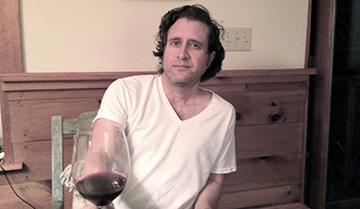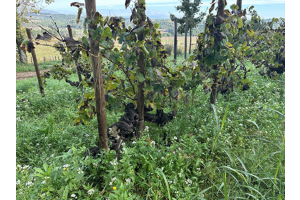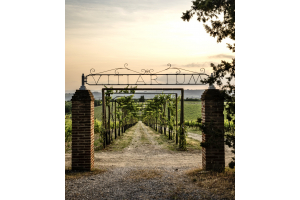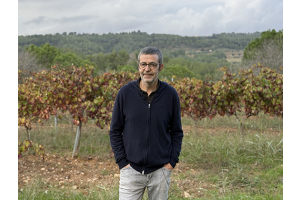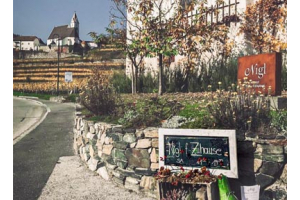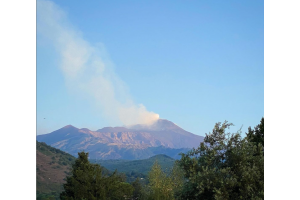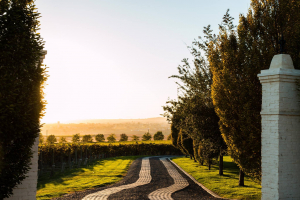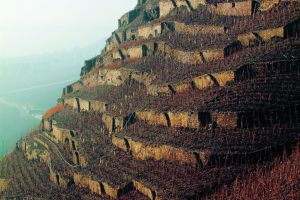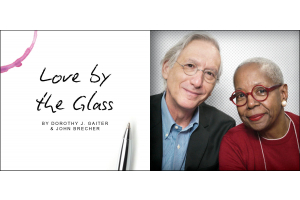Mount Etna is Europe’s most active volcano and a cradle of viticultural traditions that date back thousands of years. Here, in the shadow of fiery eruptions and amidst the mineral-rich soil, a distinct wine culture has flourished. At its forefront is Benanti Winery, a name synonymous with the revival of Etna’s winemaking legacy.
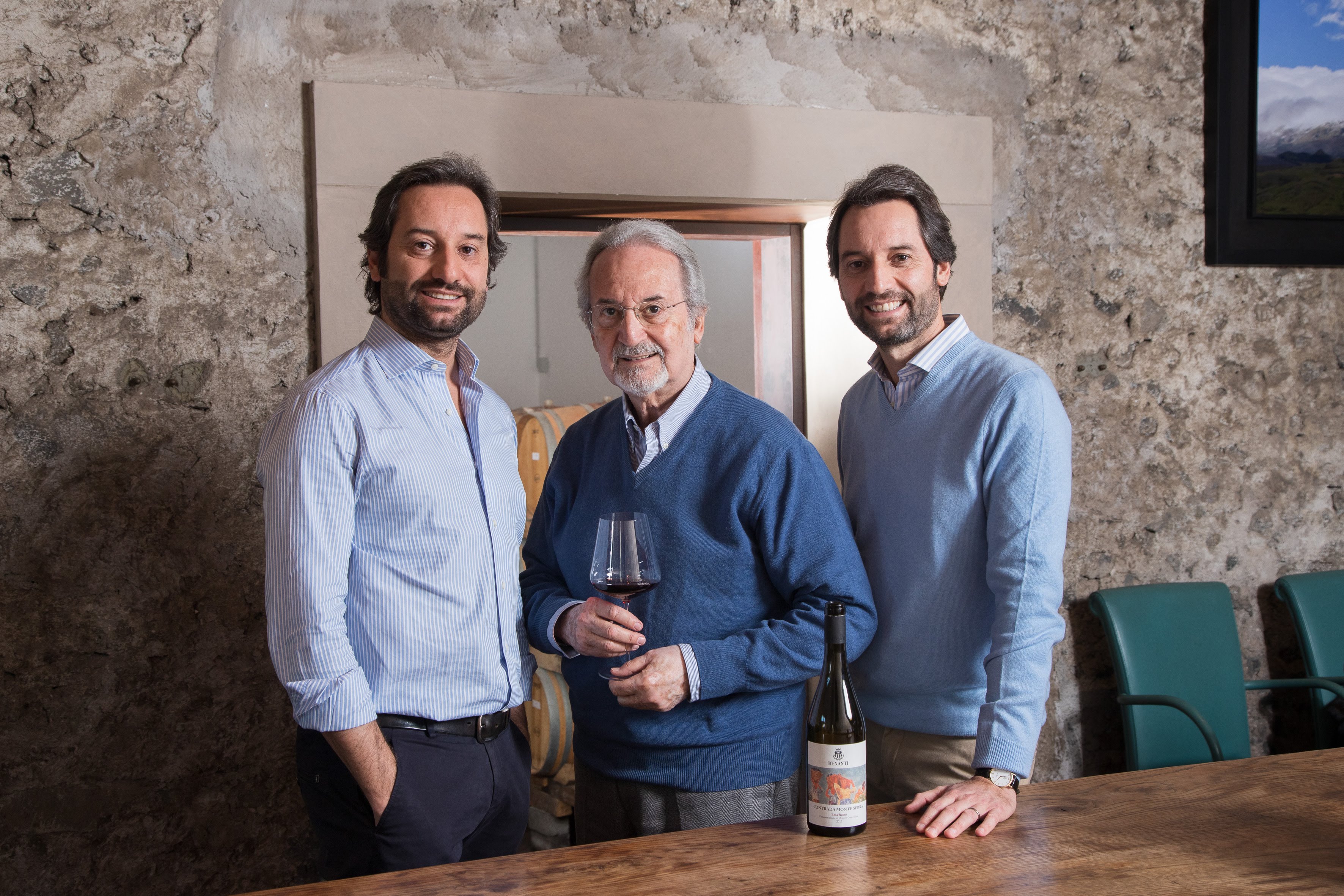 Founded in 1988 by Giuseppe Benanti, the winery was a pioneer in showcasing the exceptional potential of Etna’s indigenous grape varieties, such as Nerello Mascalese and Carricante. Today, it remains a cornerstone of Etna’s viticultural renaissance, under the stewardship of Salvino and his twin brother Antonio Benanti. Together, they have built upon their father’s vision, blending tradition with innovation to craft wines that embody the spirit of the volcano.
Founded in 1988 by Giuseppe Benanti, the winery was a pioneer in showcasing the exceptional potential of Etna’s indigenous grape varieties, such as Nerello Mascalese and Carricante. Today, it remains a cornerstone of Etna’s viticultural renaissance, under the stewardship of Salvino and his twin brother Antonio Benanti. Together, they have built upon their father’s vision, blending tradition with innovation to craft wines that embody the spirit of the volcano.
(Antonio, Giuseppe and Salvino Benanti)
The wines of Mount Etna are defined by their terroir—an interplay of altitude, climate, and volcanic soil that is unlike anywhere else in the world. The high-altitude vineyards, some exceeding 1,000 meters above sea level, experience dramatic diurnal temperature shifts that enhance the grapes' aromatic complexity. The soil, rich in volcanic ash and minerals, imparts a distinct character to the wines, often described as vibrant, mineral driven and expressive.
Salvino Benanti talks to Grape Collective about the challenges and rewards of winemaking on an active volcano. He shares the stories behind Benanti Winery’s origins, discusses the region’s unique winemaking history, and reflects on the emotional connection between the winemaker and the volcano.
Christopher Barnes: What is it like living on an active volcano? What is the emotional connection of the winemaker in Etna to the land, to the volcano?
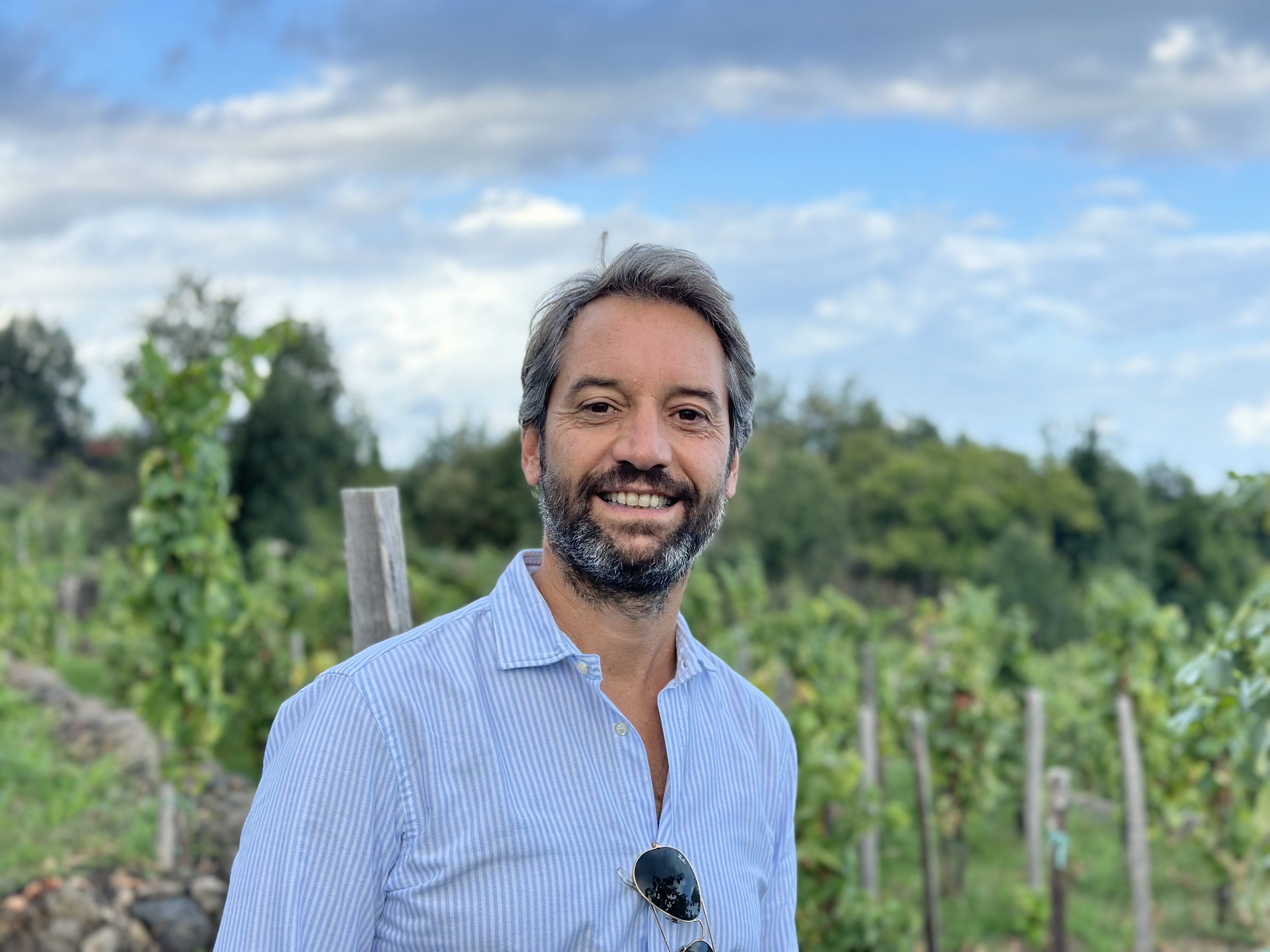 Salvino Benanti: For us locals, Etna is a given. It has always been there and we have learned to not pay much attention to its eruptions. We know they are frequent, but almost harmless, and we consider them normal. Etna towers over Catania and over our lives and its presence is almost reassuring for us. It is a symbol of power and energy and reminds us that nature is strong, but also kind, and that we must accept it and respect it. Etna is quite hospitable to viticulture. What you have to do is build dry-stone-walled terraces to prevent landslides and make working a bit easier. Easier said than done, of course, and quite costly too, but also very rewarding from an emotional point of view.
Salvino Benanti: For us locals, Etna is a given. It has always been there and we have learned to not pay much attention to its eruptions. We know they are frequent, but almost harmless, and we consider them normal. Etna towers over Catania and over our lives and its presence is almost reassuring for us. It is a symbol of power and energy and reminds us that nature is strong, but also kind, and that we must accept it and respect it. Etna is quite hospitable to viticulture. What you have to do is build dry-stone-walled terraces to prevent landslides and make working a bit easier. Easier said than done, of course, and quite costly too, but also very rewarding from an emotional point of view.
(Salvino Benanti)
Marco de Grazia said regarding working on Etna, “One thing that you learn is your limits, but you learn that your limits are part of the beauty of the thing.”
Marco De Grazia started working on Etna in (circa) 2002, fourteen years after Benanti. By then, we had already introduced single vineyard world-class wines to the world stage (like Pietra Marina and Rovittello). Benanti produced the first few vintages of Marco De Grazia's wines before Marco "grew his own wings." As he will confirm, he learned a lot from us. I see less limits to making fine wine on Etna than elsewhere, because on Etna we have great climate, great soils, great grapes and a long tradition, so nature has been kind to us. The volcano is not a threat, but rather an advantage. Even eruptions bring nothing but good things to our wines, barring the inconvenience of dealing with scattered ashes landing everywhere. But, to me, this is just part of our unique terroir. All we have to do is make sure our wines express pure typicity and elegance. Using local, proprietary yeasts, as we do, is one of the best ways of doing that. Avoiding an excessive use of oak, too much concentration and too much "opulence" also plays a crucial role.
How old is the volcano and how active is it?
Etna is 550,000 years old and has always been very active. We have seen an increase in activity in recent years as some craters (like the Central Crater) have resumed activity very vigorously after a period of dormancy. Other craters, like the Southeast Crater towering over Milo, had been the most active until then. In addition to Etna itself, there are a number of side volcanos dotting the southern flank of Etna which are dormant. Our Monte Serra is one of them.
Talk about Etna’s winemaking history.
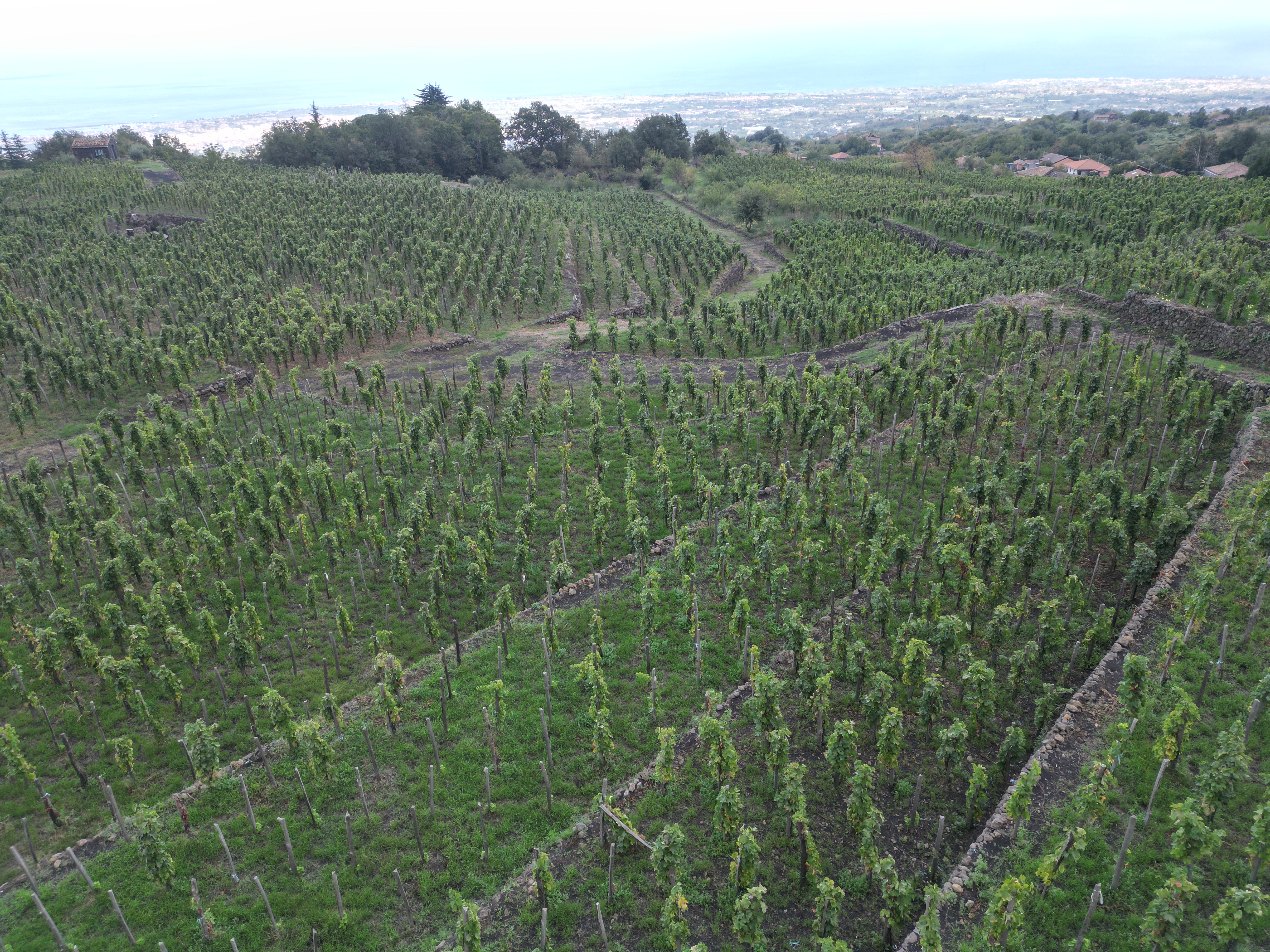 Etna's winemaking history goes back a few thousand years, and originally saw vineyards being planted all the way down to the sea, but then phylloxera, emigration and poverty hampered it until the mid-1900s, when a proper appellation was introduced indicating the boundaries of the production area and the types of grapes admitted. The appellation rules were then improved and refined over the years, to reflect the will of producers and to properly support the development of the area. This process is still ongoing.
Etna's winemaking history goes back a few thousand years, and originally saw vineyards being planted all the way down to the sea, but then phylloxera, emigration and poverty hampered it until the mid-1900s, when a proper appellation was introduced indicating the boundaries of the production area and the types of grapes admitted. The appellation rules were then improved and refined over the years, to reflect the will of producers and to properly support the development of the area. This process is still ongoing.
Etna, like the rest of Sicily, produced mostly bulk wine until the appellation was introduced. Then a handful of quality producers (Benanti being one of them) emerged, focusing on quality products made from autochthonous grapes. From the 1980s onwards, thanks to the aforementioned pioneers, things started to change for the better. Then a second wave of investors came in the 2000s, both from Sicily and from around the world, and the rest is history!
What is the importance of wine to the people on Etna historically? Talk about the importance of tradition on Etna.
Like in the rest of Italy, wine has always been produced in a simple, artisan away by farmers and shared with family and friends over dinner and especially on weekends. Wine has always been taken for granted here. Fine wine has obviously only emerged in the last 40 years, but a glass of homemade wine has always been present in local homes. Today, more and more people are embracing fine wine and modern viticulture and wine is becoming a regular part of everyday life for everybody, not just farmers.
What is a palmento and what happened to the palmento on Etna?
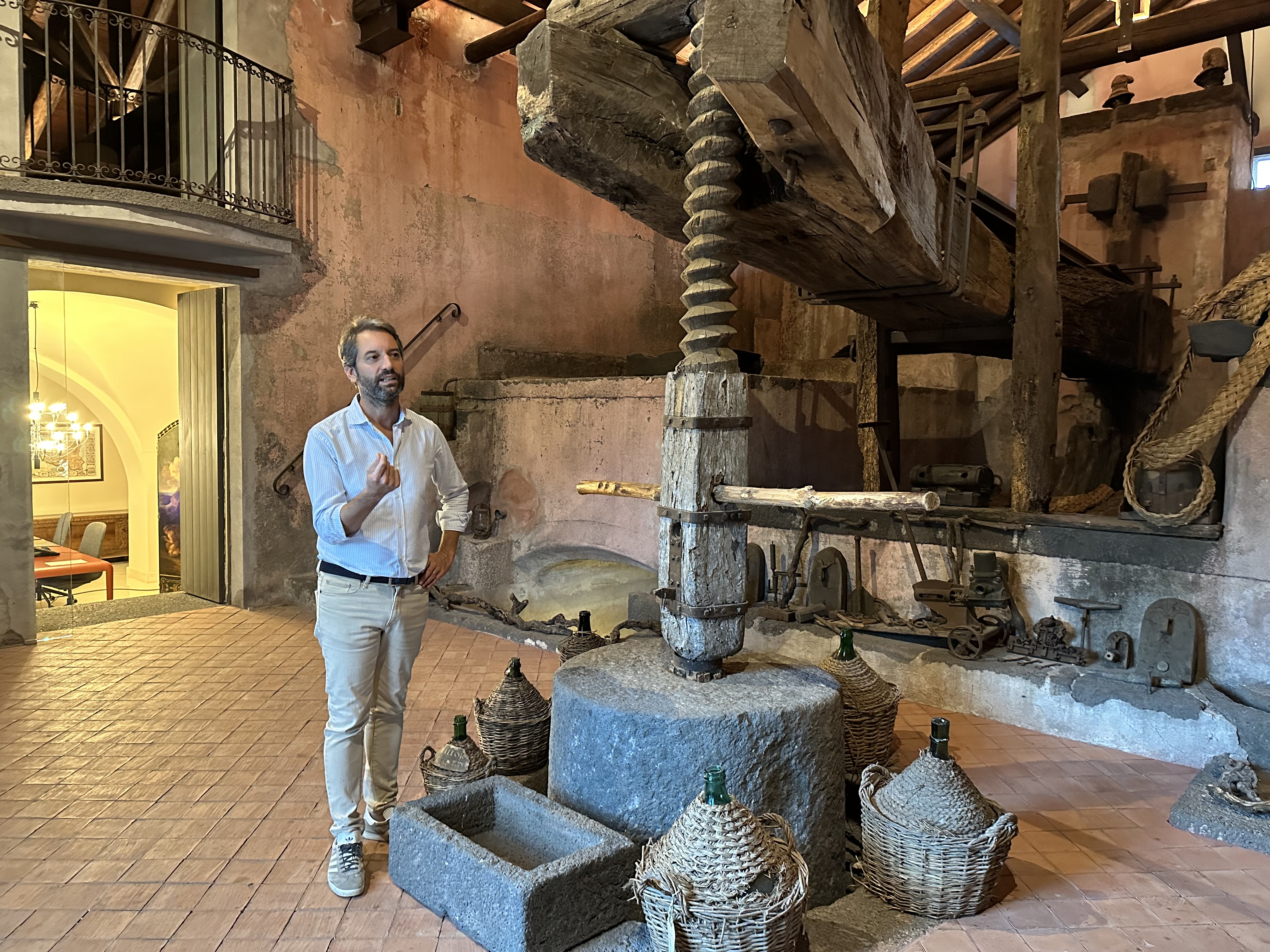 A palmento is a grape pressing and fermentation hall which exploits a number of physics-related phenomena to produce wine. Given its complexity and limited suitability to modern winemaking, it is no longer used much, but it still serves as a testimony to our long winemaking tradition.
A palmento is a grape pressing and fermentation hall which exploits a number of physics-related phenomena to produce wine. Given its complexity and limited suitability to modern winemaking, it is no longer used much, but it still serves as a testimony to our long winemaking tradition.
(Salvino Benanti in the Benanti palmento)
Please describe the terroir on Etna generally and your estate in particular. Frank Cornelissen calls it the island within the island.
Cornelissen is merely quoting my father Giuseppe Benanti, one of the founding fathers of modern viticulture on Etna, who was the first to coin the expression "Island within the island" and its subsequent evolution "archipelago within the island" years before Cornelissen arrived on Etna. My father's intention was to find a catchy way to explain to the world of wine connoisseurs that Etna is different from the rest of Sicily and, through the word "archipelago," that Etna itself is then a mosaic of different sub-terroirs. The Etna appellation includes four slopes, each with its own combination of soil type, sunlight, ventilation, rainfall etc. and each suitable for one or more grape varieties. We cover all four slopes, owning five vineyards located in some of the best locations. Our website provides detailed information on each vineyard.
It is very important for us to respect tradition and only plant those grapes that best suit each area (Nerello Mascalese in the north, Carricante in the east, both grapes in the south). The difference between our contradas is very significant. Our northern contradas are both planted with Nerello Mascalese only, as the Etnean tradition dictates. Calderara is a flat vineyard with stony soil, nestled between the Nebrodi mountain chain to the north and Etna to the south. Diurnal range is significant, but on average we get richer, more generous wines. Contrada Dafara Galluzzo, also located in the north, sits at a higher elevation and benefits from cooler climate, very good ventilation and equally rich soils (more sandy than stony), delivering more restrained wines.
Contrada Rinazzo, in Milo (East Etna), is planted with Carricante only. Milo being the homeland of Etna Bianco Superiore (representing just 1% of all Etna wine, versus Bianco which represents about 40%), and our steep Contrada Rinazzo having a great exposure to the morning sun and strong sea breezes, we are able to produce ultra-elegant, restrained, age-worthy whites there. The rich Milo soil, resulting from the collapse of the eastern flank of Etna, is also a key element.
The southern contradas differ a lot from each other too. Monte Serra (Southeast Etna) has a Mediterranean climate and benefits a lot from sea breezes and some rain. Its soils are quite young (resulting from the eruption and landslide of Monte Serra itself some 10,000 years ago) and vines tend to have a low yield and good restraint. Cavaliere is located in the southwest, with older soils and a continental climate, with little wind and a lot of sun. Sitting at almost 1,000 meters above sea level, the area delivers powerful wines while retaining very good acidity.
Etna is not a monoculture; there are many other types of agriculture. It is often referred to as “Sicily’s Garden of Eden.”
Indeed. We have cherries and apples in the south, peaches in the north, strawberries in the northwest, pistachios in the west, to name a few. And olives of course.
The primary grapes on Etna are Nerello Mascalese and Carricante. How do they express themselves on Etna?
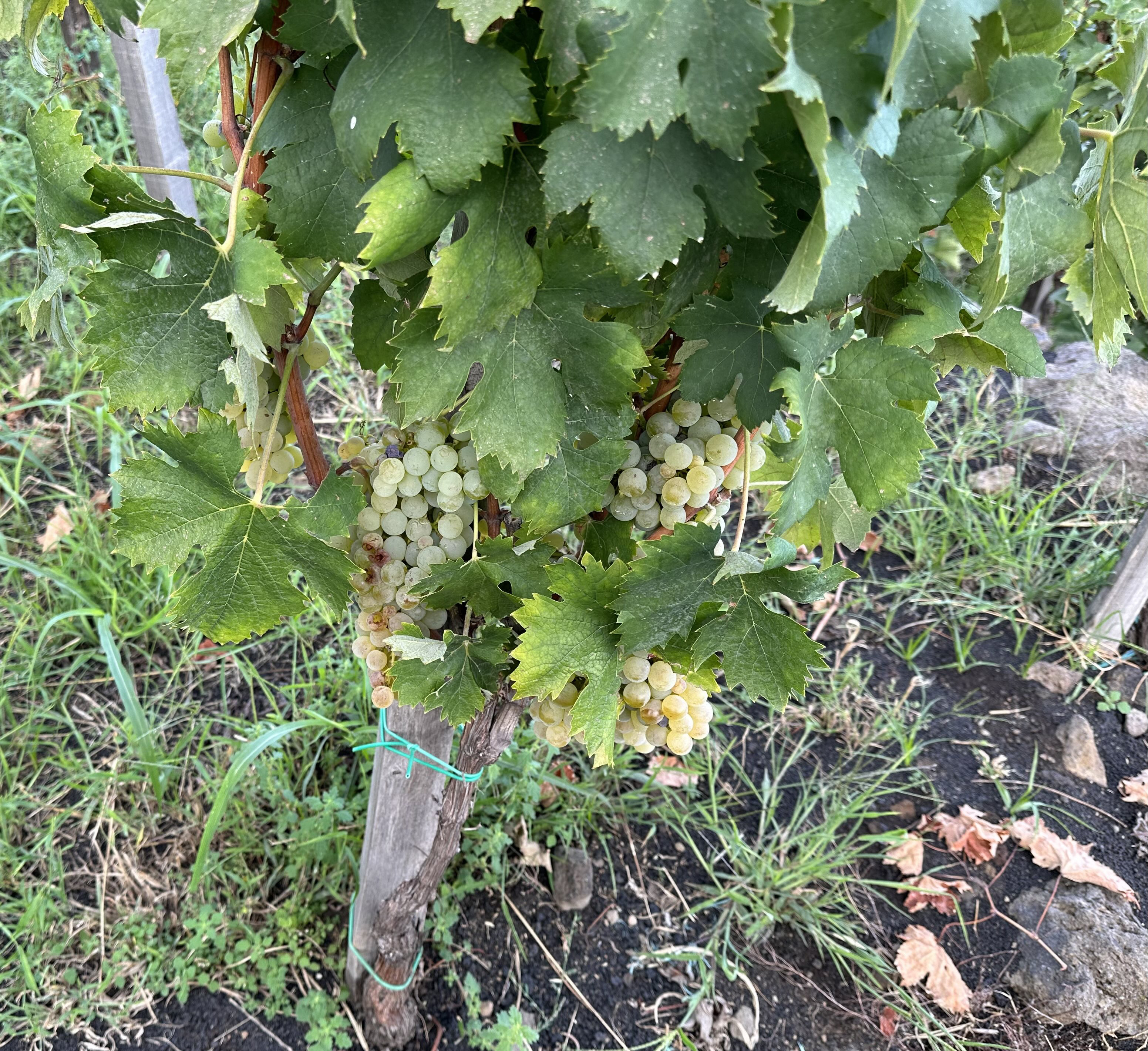 Nerello Mascalese is a very elegant red grape characterized by notes of small red fruit (e.g. strawberries), dry flowers and graphite, with silky tannins. One can generalize and say that in the (on average) cooler north face of Etna you will obtain more elegant versions of it, but my direct experience is somewhat different. For example, our Randazzo/Calderara wines are rounder than our Rovittello wines, which are, instead, more restrained.
Nerello Mascalese is a very elegant red grape characterized by notes of small red fruit (e.g. strawberries), dry flowers and graphite, with silky tannins. One can generalize and say that in the (on average) cooler north face of Etna you will obtain more elegant versions of it, but my direct experience is somewhat different. For example, our Randazzo/Calderara wines are rounder than our Rovittello wines, which are, instead, more restrained.
(Carricante at the Benanti Rinazzo estate is located in Milo, on the eastern slope of Mount Etna)
So individual contradas are in my opinion more important than the simple north versus south issue. On the south slope, Nerello Mascalese delivers richer wines but, again, I believe one must consider the contrada of origin. For example, Cavaliere, with older soils and huge diurnal ranges, will deliver richer wines than Monte Serra, whose younger, lean soils and windier climate will induce more elegance and restraint.
Carricante traditionally prospers in the east and south. Originally planted in Viagrande (southeast), it has found a "luxurious" home in Milo (east), so much so that it has obtained a Superiore appellation there and only there. Carricante is not an aromatic grape. It shows notes of white flowers (orange blossom), thyme, lemon/orange peel and, with time, flint and petrol, supported by very good acidity. Time also brings honey-like and almondy notes. Definitely a world-class grape, it benefits from long lees-aging. We believe a lot in single-varietal, lees-aged, steel-matured Carricante. Other versions of Carricante, including blends with Catarratto and oak-aged, or macerated wines also exist, but we personally do not resort to such techniques. For us, "less is more" and typicity is best ensured by leaner winemaking, with time being the key element necessary to achieve complexity.
There have historically been many different cultures which influenced Etna, through invasion. Today, there are many winemakers from different countries and different parts of Italy. How has this impacted the wine culture on Etna?
The fact that Etna attracts so much interest is a good thing. Energy and companies are drawn to the area so the whole appellation stands to gain. I believe multiculturalism is good. Obviously, no matter what one's walk of life is, the key thing is to respect the place and to make ultra-typical Etna wine.
What are your hopes for the future of winemaking on Etna?
My hope is that Etna develops into a long-term "great classic," like Barolo or Barbaresco, winning the hearts of fine wine connoisseurs around the world. The adoption of a DOCG, with even stricter rules and a clear commitment to excellence, will help us get there, as well as the contribution we are getting from all the talented people that, in these very years, have chosen to make Etna their home. I am incredibly excited about the future and I am proud to see what Etna has become. It proves that my father Giuseppe's vision of the future, 36 years ago, was correct!
